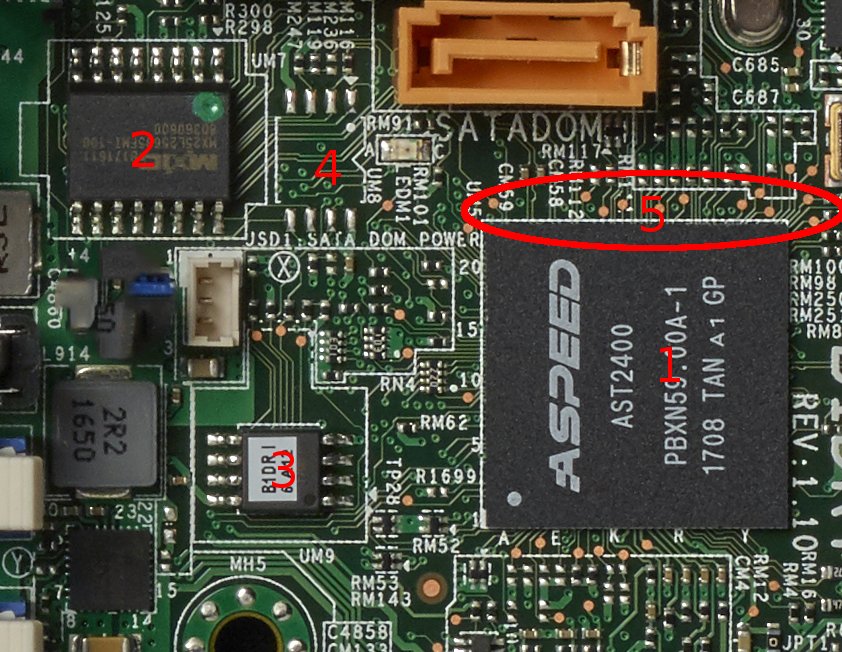threaded: securinghardware.com/articles/hardw…
With a little knowledge and healthy paranoia, it’s easy to mistake something as a malicious hardware implant
I just told you how easy they are followed by how rare they are. When would someone use a *hardware* implant?
When you have to bypass well done software/network security, it makes sense
When you know noone is going to look at the hardware, it makes sense.
First, it has to be cheap. But cheap microcontrollers cost pennies and are tiny. Solved.
This could be an ANT Catalog moment, or it could be a BadBIOS moment. We have reporting on some pretty amazing capability used in a way we haven’t seen before.



